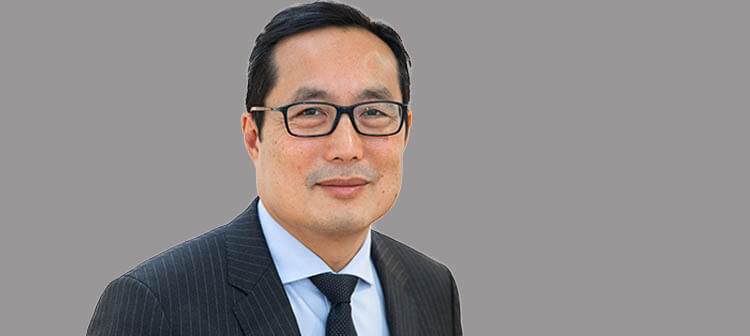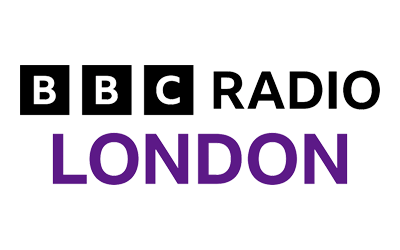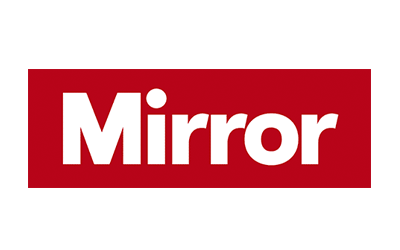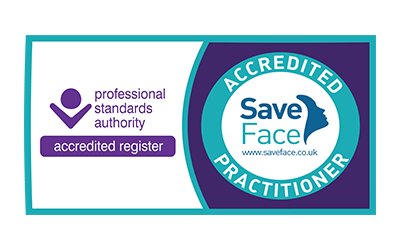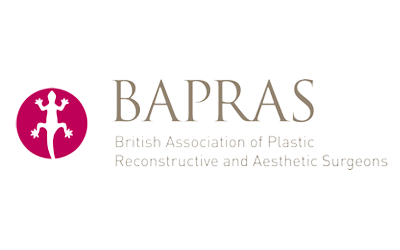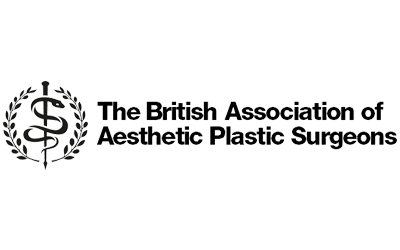What is epicanthoplasty surgery?
Epicanthoplasty surgery will increase the width of your eyes, making them look larger and more open. Our skilled, experienced surgeons can transform the way you look with this surgery, giving your face greater balance and enhancing its beauty.
It works by modifying the epicanthal folds – or the Mongolian folds – in the corner of the eye, restructuring the shape of the inner eyelids. This type of surgery is more popular in Asia. For this reason, epicanthoplasty surgery is also known as Asian eye surgery. Even outside of Asia though, some people have abnormally large epicanthal folds and require this surgery.
Following the surgery, your eyes will appear brighter and more noticeable. You’ll look more alert, whereas your eyes might have had a tired look before the surgery. Many people choose to combine this procedure with double eyelid surgery to maximise the effect on their eyes.
Quick Reference
Quick Links
Leading surgeons
Mr Mark Ho-Asjoe is our Consultant Plastic Surgeon and a renowned epicanthoplasty specialist. With 25 years’ of plastic surgery experience, he is one of London’s most in-demand plastic surgeons. His reputation is such that he is an examiner for the Diploma of Aesthetics Plastic Surgery. And he frequently delivers lectures in the UK, Europe and Asia, notably as an Honorary Lecturer in plastic surgery at Hong Kong’s Queen Mary University Hospital.
Having graduated from the Royal College of Surgeons in Ireland, he undertook his surgical training in the UK. For his specialist training in plastic surgery, he studied in the UK and at Taiwan’s Chang Gung Memorial Hospital – a globally respected microsurgical reconstructive centre.
In recognition of his expertise, Mr Ho-Asjoe has been elected to the BAAPS Council (British Association of Aesthetic Plastic Surgeons) as an Elected Trustee for 2021 to 2023. He’s also a member of various other plastic surgery bodies.
FAQS for epicanthoplasty surgery
There are two types of epicanthoplasty: medial epicanthoplasty and lateral epicanthoplasty. Which one is right for you will depend upon your eye shape, with consultations determining the best way forward.
Medial epicanthoplasty
This procedure concentrates on the inner corner of the eye, nearest the nose. Some of the excess fold there is rearranged to open up the medial (central) portion of your eye.
Lateral epicanthoplasty
By contrast, lateral epicanthoplasty will adapt the outer part of your eye, lengthening it to appear less droopy and tired.
Whichever procedure you opt for, local anaesthesia and light intravenous sedation will be used to keep you comfortable during the surgery.
Thanks to the skill of our surgeons, epicanthoplasty surgery with us only takes around half an hour to an hour. In such a short time, the surgery can vastly improve your self-image and self-confidence. Contact us today to see if it’s right for you.
Since local anaesthetic and light intravenous sedation are used, you won’t feel a thing during the procedure. Local anaesthesia normally loses its effect after around an hour, but you could have tingling and numbness in the hours following your surgery.
As with many surgeries, you will have some swelling and bruising around the area affected. In this case, that will be around your eyes.
Post-op recovery usually takes around seven days, but everyone is different. There are, however, some ways to speed the healing process up.
Applying an ice pack around your eyes will help to bring the swelling down, especially in the first two or three days after the surgery. You should also avoid smoking for at least three weeks before and after the surgery as smoking can affect your body’s ability to heal itself, blocking the nutrients you need to recover.
The full effects of the surgery won’t be revealed until a few weeks after it’s performed. You’ll also find you have tiny scars following the procedure, but they’ll fade after around six months.
Once you’ve had the surgery, your eyes will stay in their new shape without the need for further procedures. However, the surgery can effectively be reversed, if you’d like to regain your original eye shape. Our skilled surgeons can recreate the Mongolian fold by pulling the soft tissues on the scars, restoring the previous shape of the eyes.
Blepharoplasty is a procedure to remove excess skin, muscle and fat from the upper and lower eyelids. It reduces the effect of hooding, puffiness or baggy eyelids, leaving you with younger-looking eyes.
Epicanthoplasty, on the other hand, focuses on the corners of your eyes, removing the Mongolian fold to give you a bigger, more alert eye shape.

